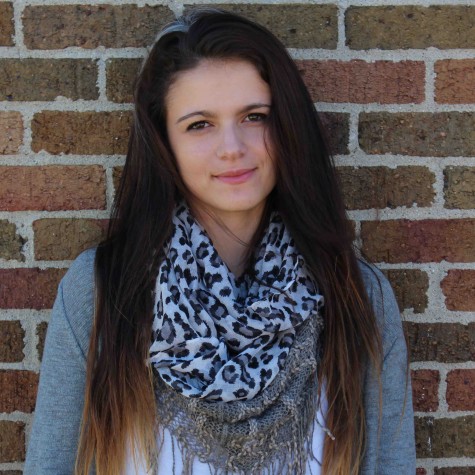Pro/Con: Are schools limiting the creativity of students?
Schools are limiting creativity through forced rules and guidelines
By Kaylee Vasbinder
From year one, students are told to stay within the lines, to only use certain colors, and to read, write or think a certain way. If it was not done the way others expected, they would fail the assignment or be told to do it over again.
School’s limit creativity whether it’s in an art class or a science class; even though student’s are told to “think outside of the box…” and be creative. But when done so, points are deducted for not staying within the “rubric” guidelines. For instance, adding a unique edge to an assignment, but having to redo it because it had to be done how the teacher would like it.
Kids are being educated out of their creative mindsets; conformity and regulation have taken over but it is still education that is going to take us to the future. This generation will be the future artists, scientists, lawyers and so much more. If they are taught at a young age to express themselves in such ingenious ways, they might be able to use those skills later on to create things like medicinal cures and technological advancements.
Academic ability has come to define intelligence. Society has come to focus around what job makes the most money, getting the highest grades or test scores. Children should be able to experiment with their creativity to find out what tasks they are best at and what they enjoy the most. If they never get to test that creativity they may end up going into the wrong field of employment.
Only one in four people believe that they are living up to their creative potential, while more than half of those surveyed feel that creativity is being stifled by their education systems, according to the Adobe State of Creative Study.
Not all students learn the same. Studies should be more individualized in a way that students can maximize their learning potential. For instance, educators need to know the best way each student learns. There are aural, logical, physical, social, solitary, verbal and visual learners. Each deserves an equal opportunity to show their creativity in ways that will help them progress into the working class of the future.
Creativity is not limited by the school system; it is highly encouraged
By Hudson Villeneuve
School is a place of creativity where students can learn and express themselves. A place where the mind can grow and become a powerful tool for research and learning. Recently, educators from various backgrounds have stated that the school system limits creativity. That the rigorous structure inhibits the flexible ability of the brain to function at its maximum potential. These accusations could not be farther from the truth as schools are designed to inspire creativity and spark learning.
In the United States, schools have to teach certain principles and ideas mandated by the states. This may seem as if this would lead to a lack of creativity in schools if students are all taught the same thing. However, there is no such mandate on how the schools have to teach it.
The brilliant part of the American education system is the flexibility teachers have in teaching. Teachers can analyze how their students learn best and adapt their classroom to inspire the most learning. Many creative methods of teaching are even used here at FHS. Math teacher Steven Karr’s Pre-Calc and AP Calculus classes watch series of Youtube videos to assist them in learning the material. This system focuses on letting the student teach themselves at their own pace. The incorporation of technology into the education system is one of the many ways schools are becoming even more creative.
Creativity and the arts are often thought as being synonymous. Various art, publications, video, and design classes are offered to help students express themselves. Art and publication classes allow students to demonstrate their creativity by developing works of art and public interest. In video classes students create innovative newscasts and other productions that are completely student run. CAD students have the ability to design,digitally, what, what their mind dictates. Perhaps the largest place of creativity, the theatre, hosts many drama classes in which students can perform works of art theatrically.
There are many places in school where creativity is not only encouraged but expected. The school system does not limit creativity but in fact help inspire it. Creativity is an essential American ideal that schools desire to encourage and not limit.


